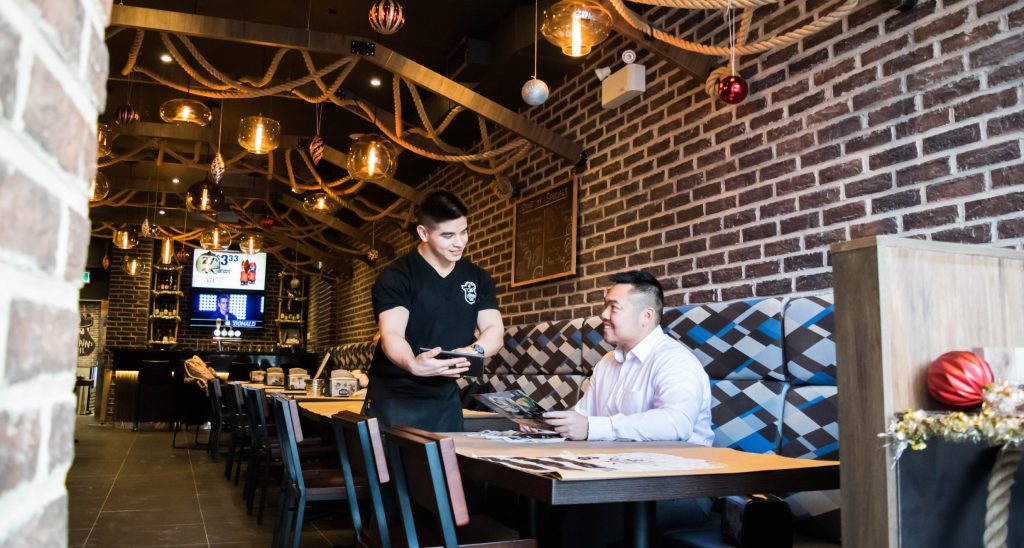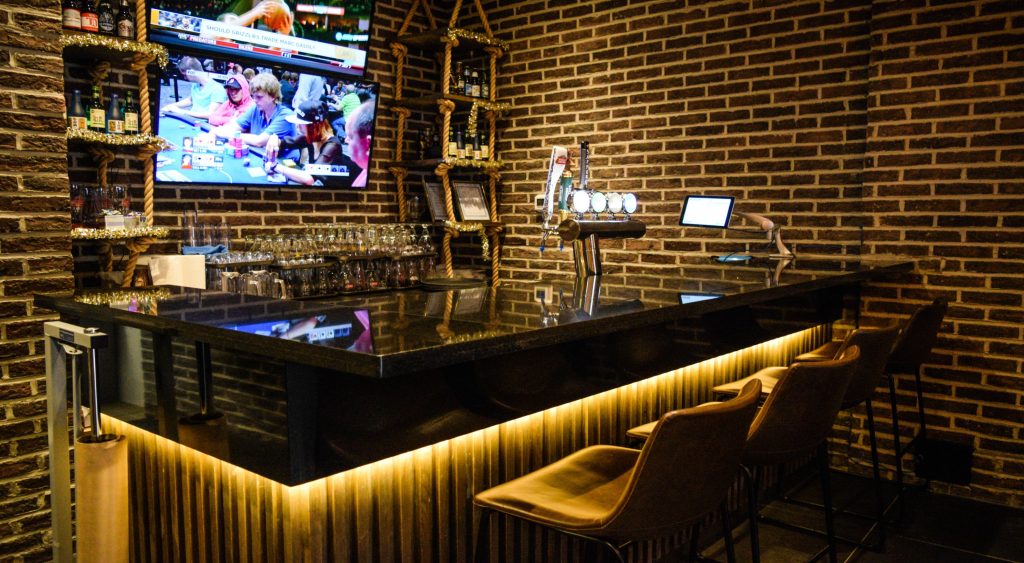Expansion into the U.S market is the holy grail; especially for food brands. It’s a nation that is well known for its love of food, extra-size portions and variety of food concepts. Brands are always looking to foray into and establish their presence in the U.S.

Technology is central to that growth and its sustenance. That’s why the seafood brand, The Captain’s Boil is partnering with technology providers to squeeze more efficiency out of the system.
We spoke to Andy Huang, chief operating officer at The Captain’s Boil to get an understanding of how technology is enabling the brand’s growth.
Managing costs
Unsurprisingly, restaurant brands closely track the prices of inputs such as food and ingredients. A bump in the price of shellfish may, for example, mean that the restaurant makes a loss on every shellfish plate sold. Technology aims to remove that issue, and The Captain’s Boil has made use of Givex, the restaurant and retail tech solution provider, to track prices and future trends.
“We have had a long-term partnership with Givex, starting with our locations in Canada. What Givex does really well is providing us with control mechanisms for food and labor costs through reporting,” said Huang.
“We receive reports about theoretical food costs versus actuals, which helps us manage our food costs. The integration Givex provides with our third-party labor software is very good, which helps us manage our labor costs.”

The labor shortage across the U.S. has been endemic across the retail and food industry over the last two years now, for a variety of reasons. While all retail businesses are affected, restaurant brands’ margins can be heavily affected by the cost of labor.
Therefore, it is essential that restaurant brands keep on top of any changes in their local labor market, and react before it becomes a problem.
“Everyone in the industry is concerned; labor shortages are not going away anytime soon. We use Workstream, a third-party platform for hiring, which has been very effective,” said Huang.
“It provides immediate contact with applicants. We’ve learned that typical applicants tend to put out five applications at the same time, and end up working for the brand that responds first. This has been very helpful to combat our hiring challenges.”
Tech-led growth and operations
The brand has significant experience working with Givex in its domestic Canadian market, so it saw no reason not to bring it over with itself to the U.S. While the biggest names in the tech-supplier landscape may be American, the best technology doesn’t have to be.
Recognizability may not be as high, but products and services can be just as good, if not better than what their American counterparts can offer. The Captain’s Boil’s experience and longstanding relationship with the brand means that it has always had a point of contact at Givex.
“Simply put, the U.S. is saturated with tech companies. The bigger tech names in the U.S. control the market,” said Huang.
“In Canada, the tech firms don’t have the same level of brand awareness or name recognition, but offer the same or better products. There’s no reason that a Canadian brand that uses Canadian technology would be unable to expand into the U.S.
“Givex provides far better service and support than some of the bigger companies in the tech space. With bigger companies, brands become just a number and receive minimal service and support.
“With Givex, it’s easier to get in touch with people and receive feedback, to the advantage of smaller brands.”
Data-led growth is slowly but surely becoming the only form of growth for businesses that have gone past the start-up stage. The restaurant business, especially, has hugely benefitted from the use of loyalty programs and apps to keep customers engaged, and to learn more about them in an attempt to give them more of what they want.
The apps encourage interaction and normally, purchase of menu items with small discounts. This provides the brand with vital knowledge and information about the journey the customer makes through the app before purchasing. There is more to learn too with popular items, seasonal items, growing categories and much more.
This vital information can be used to formulate strategies that aren’t based on guesswork, but on concrete information.
“Loyalty programs and apps are both great ways to keep loyal customers in the loop about what’s going on with your brand and encourage them to come back and visit,” said Huang.
“With the data that loyalty programs and apps provide, brands can learn what customers want and need. If you don’t utilize that data, you will fall behind.”



